Alternative names هريسة Region or state North Africa Main ingredients Red peppers | Type Paste | |
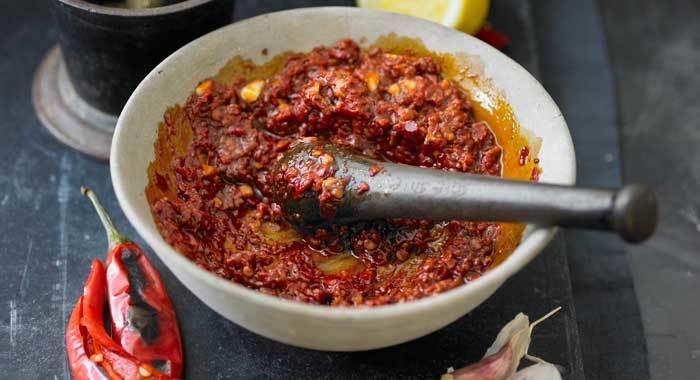 | ||
Ingredients generally used Baklouti pepper, serrano peppers and other hot chili peppers Similar Ras el hanout, Couscous, Tajine, Shakshouka, Basbousa | ||
How to make harissa
Harissa (Arabic: هريسة harīsa, from Maghrebi Arabic) is a North African hot chili pepper paste, the main ingredients of which are roasted red peppers, Baklouti pepper, serrano peppers and other hot chili peppers and spices and herbs such as garlic paste, coriander seed, saffron, rose or caraway as well as some vegetable or olive oil for preservation. It is most closely associated with Tunisia, Libya, Algeria and Morocco. Not to be confused with Kashmiri Harissa.
Contents
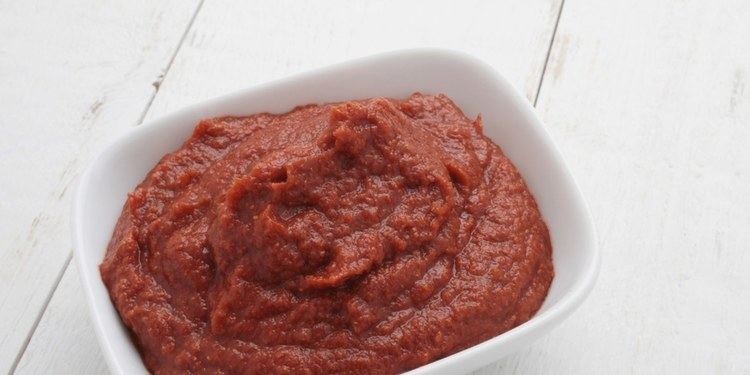
Winter special delicious harissa awaits you in kashmir
History
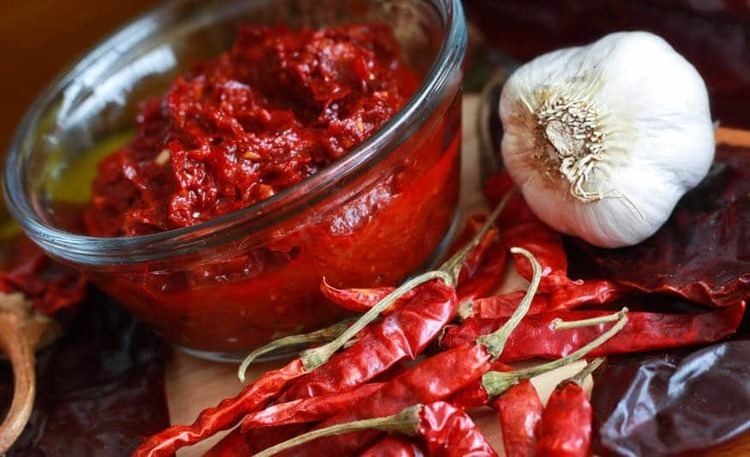
As with the European cuisine, chili peppers were imported into Maghrebian cuisine via the Columbian Exchange, presumably during the Spanish occupation of Tunisia between 1535 and 1574. Recipes for harissa vary according to the household and region. Variations can include the addition of cumin, red peppers, garlic, coriander and lemon juice. In Saharan regions, harissa can have a smoky flavor. Prepared harissa is also sold in jars, cans, bottles, tubes, plastic bags and other containers.
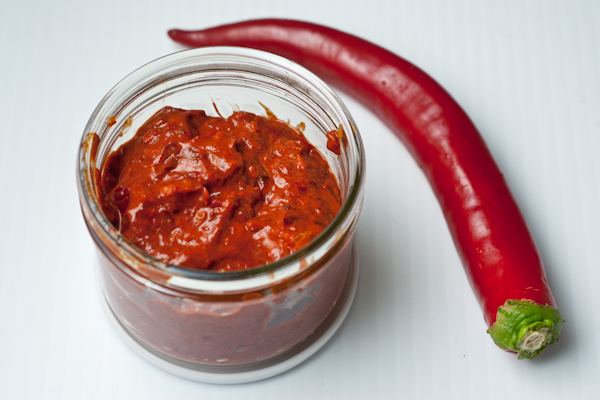
Harissa is sometimes described as "Tunisia's main condiment", even "the national condiment of Tunisia", or at least as "the hallmark of Tunisia's fish and meat dishes". In Tunisia, harissa is used as an ingredient in a meat (goat or lamb) or fish stew with vegetables, and as a flavoring for couscous. It is also used for lablabi, a chickpea soup usually eaten for breakfast. In Algeria, harissa is commonly added to soups, stews and couscous. Harissa paste can also be used as a rub for meat or eggplants. In Israel, harissa is a common topping for sabich and shawarma, although other hot sauces like the Yemeni zhug or the Iraqi amba are also employed.
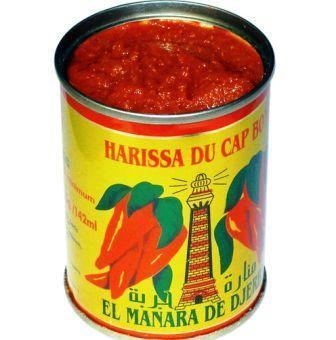
Tunisia is the biggest exporter of pre-made harissa. In 2006, the Tunisian production of harissa was 22,000 tonnes, incorporating about 40,000 tonnes of peppers. Tunisian harissa is often made with chilis grown around Nabeul and Gabès, which are relatively mild, scoring 40,000-50,000 on the Scoville scale. Another significant producer is Algeria's Annaba Province, which is also a significant consumer. According to cookbook author Martha Rose Shulman, pre-made harissa tastes rather different from that which is served in Tunisian and expat restaurants.
